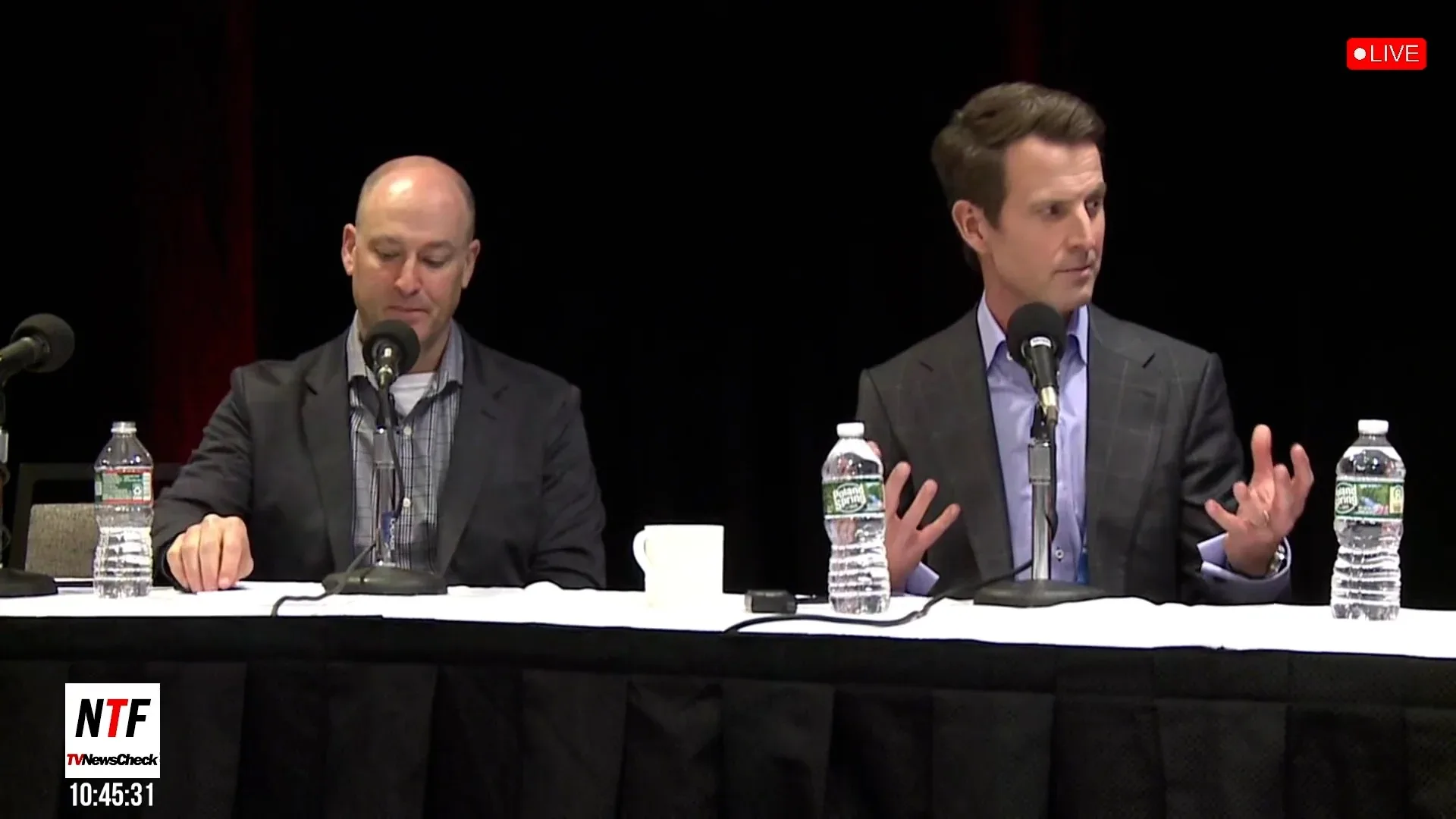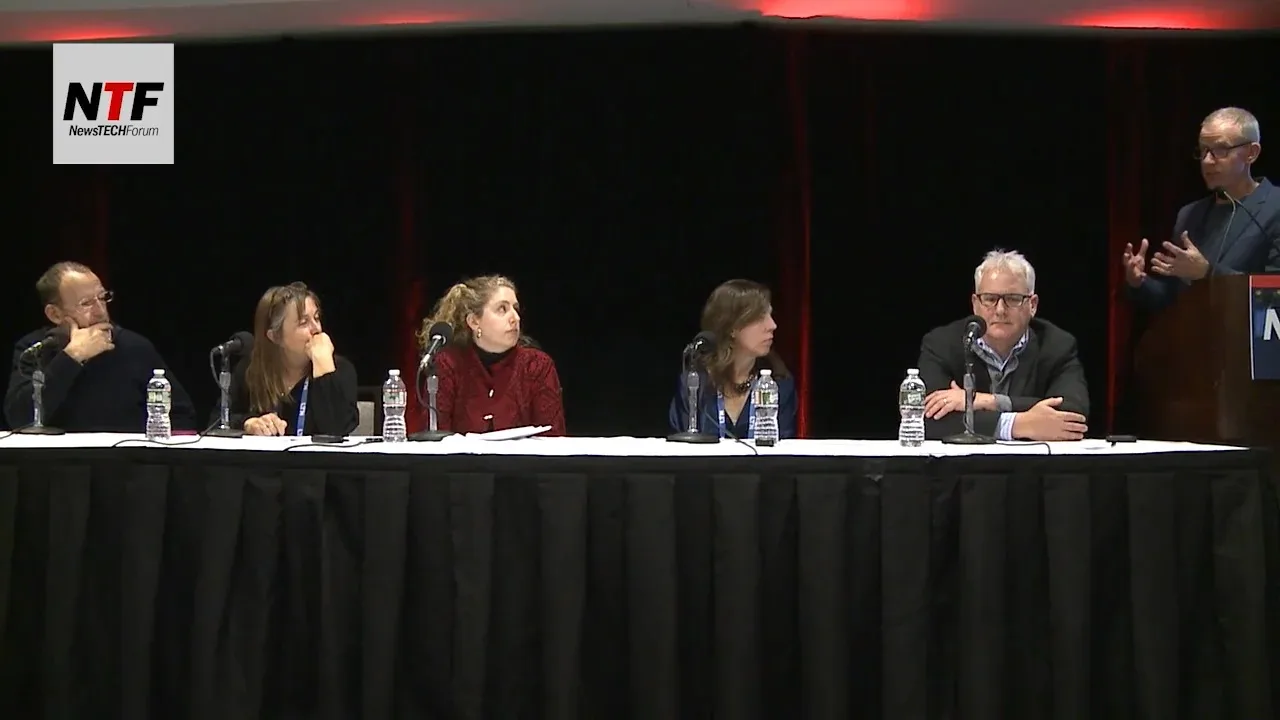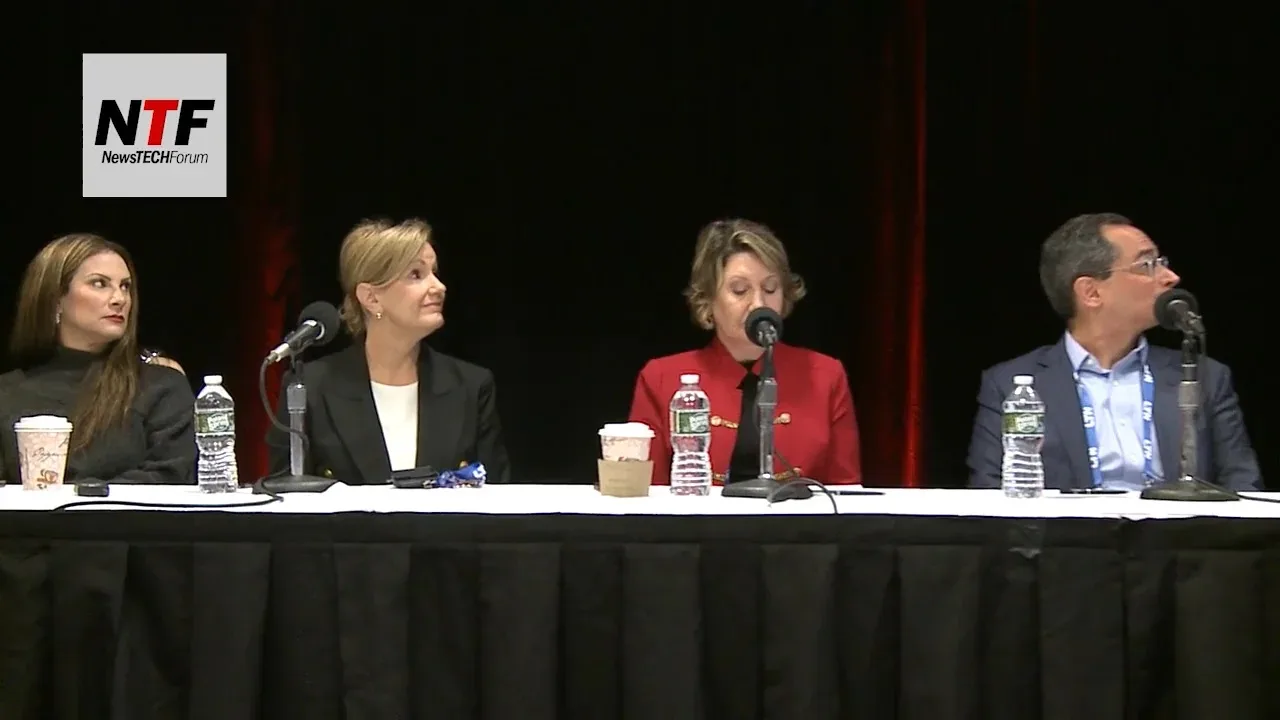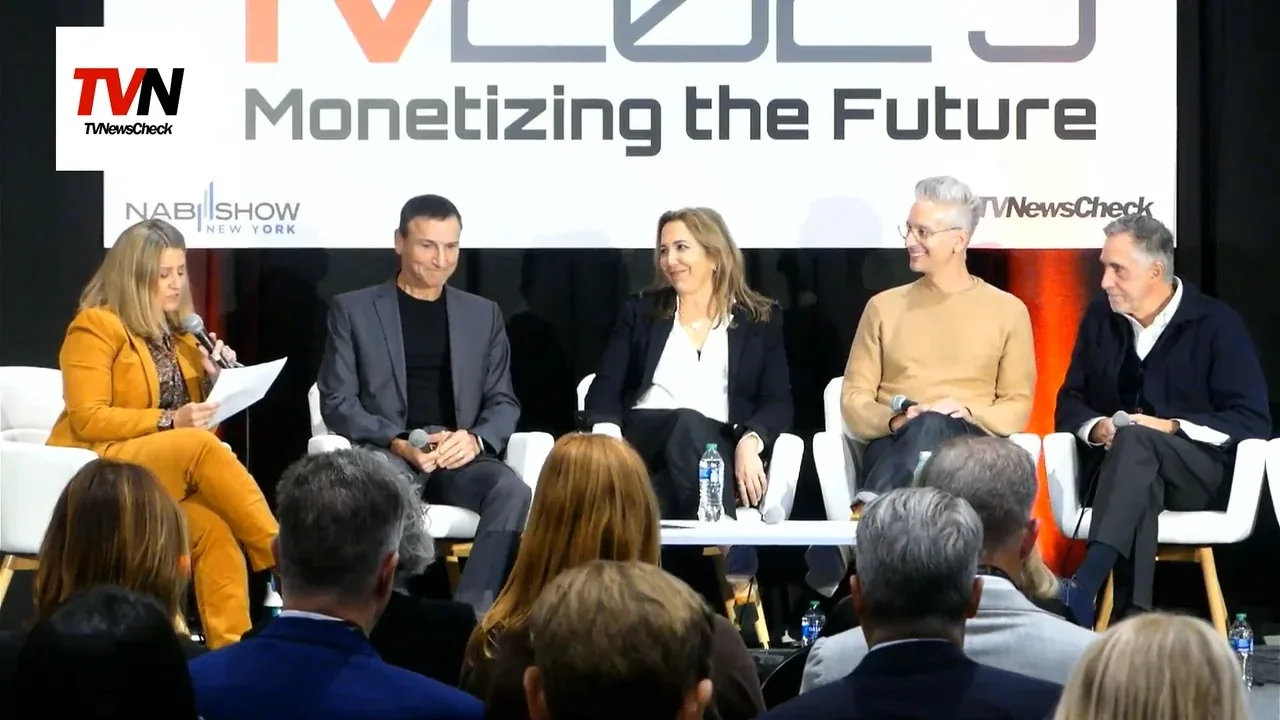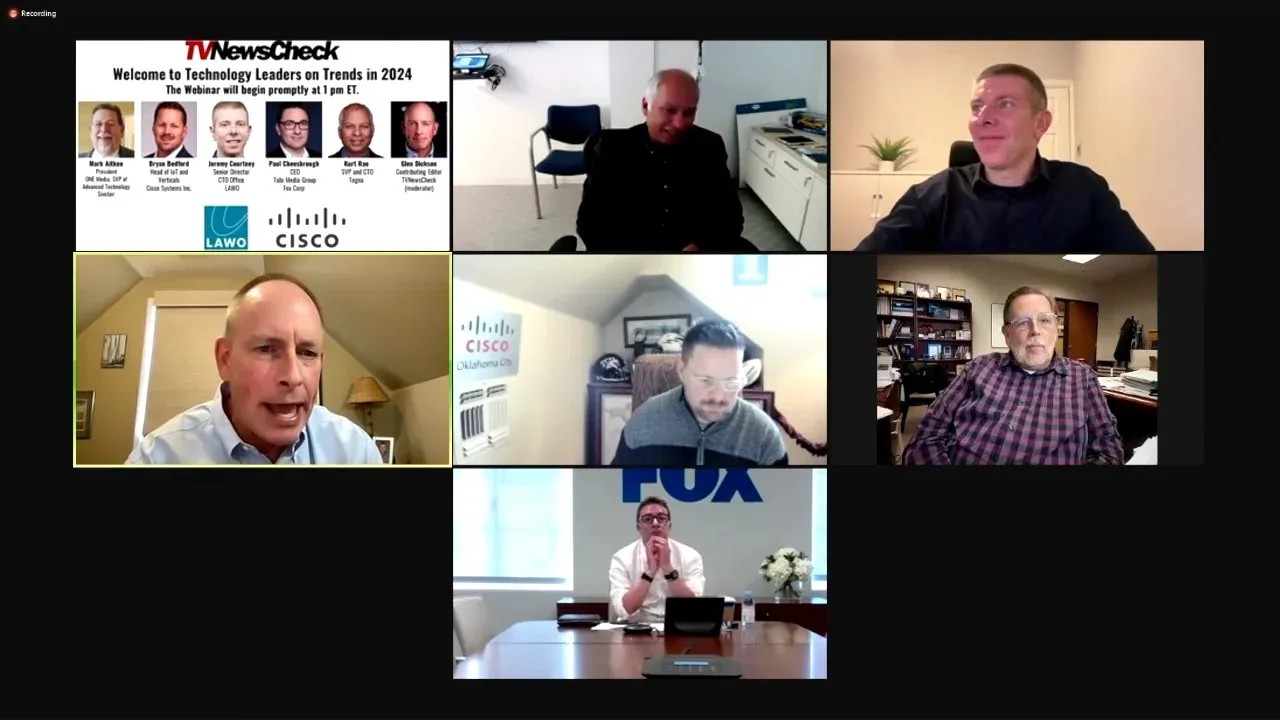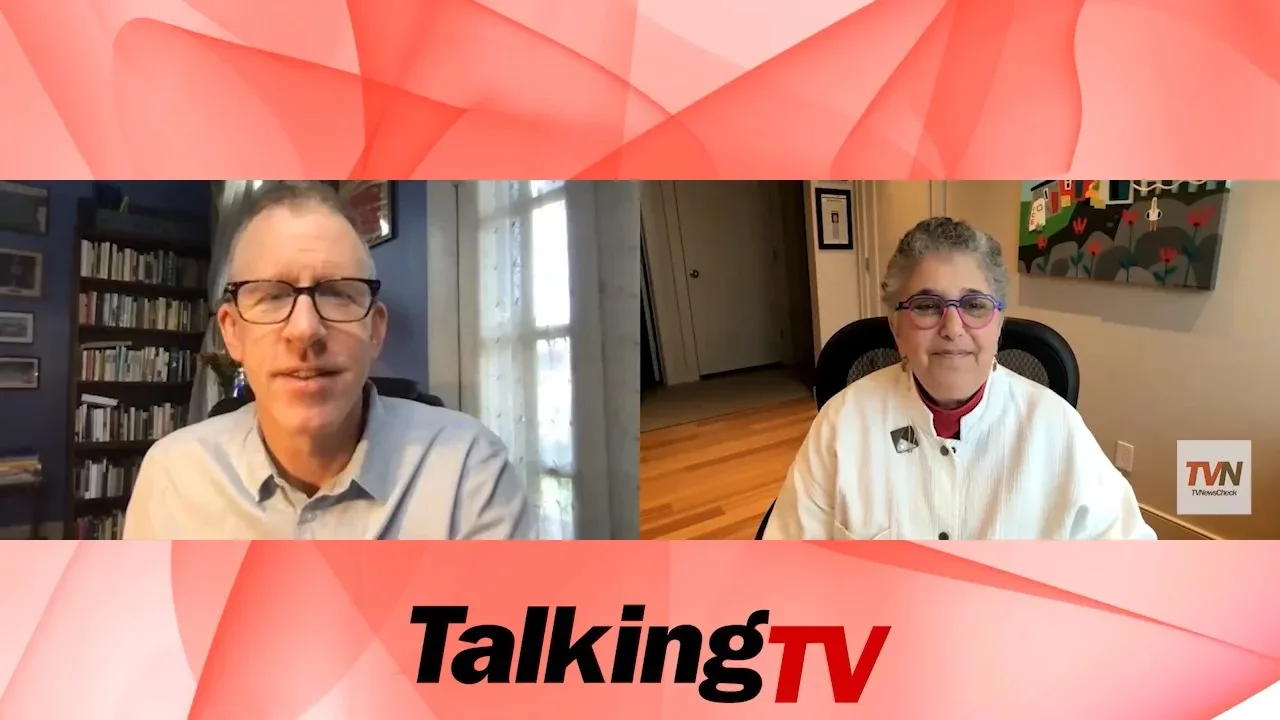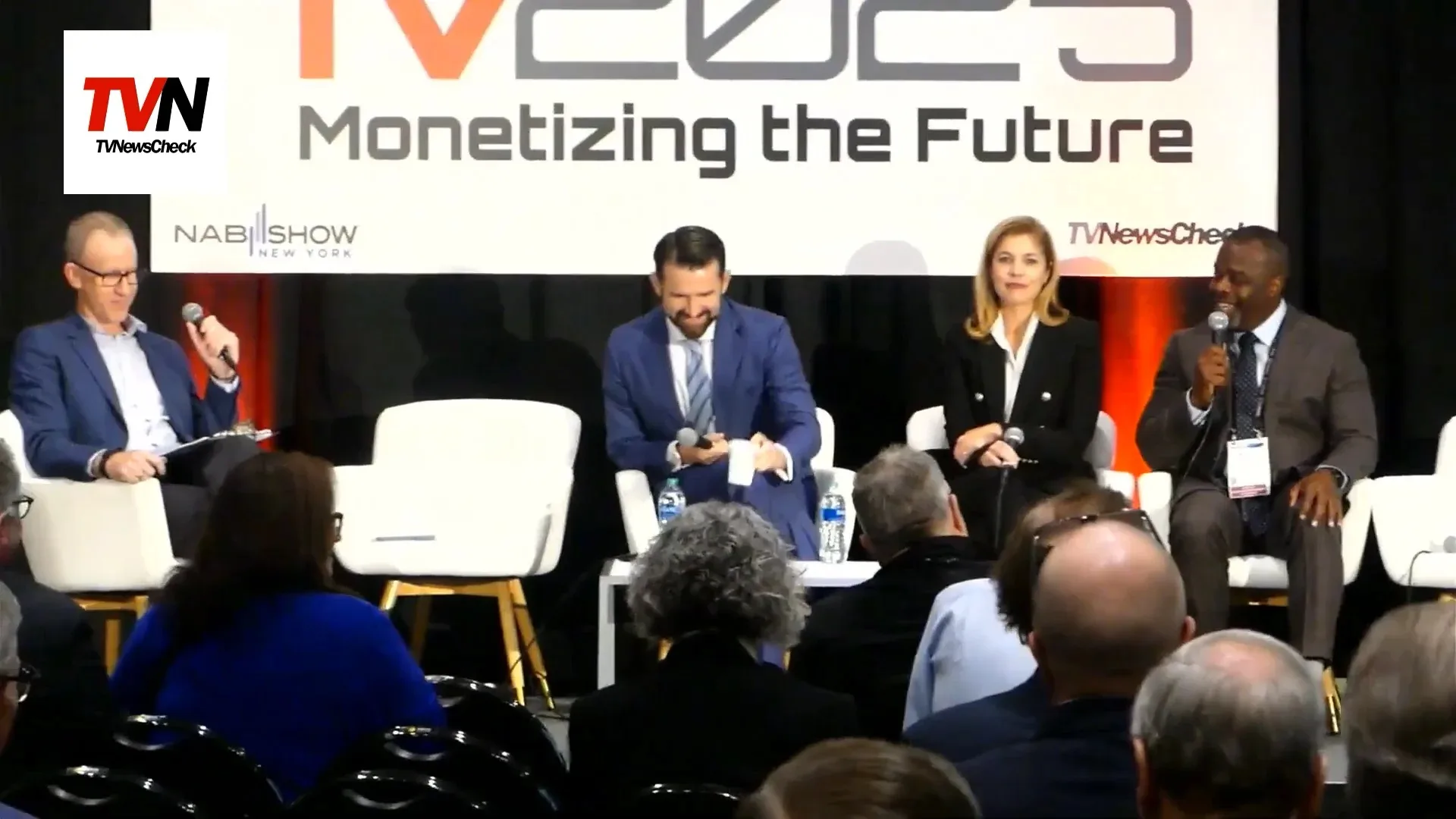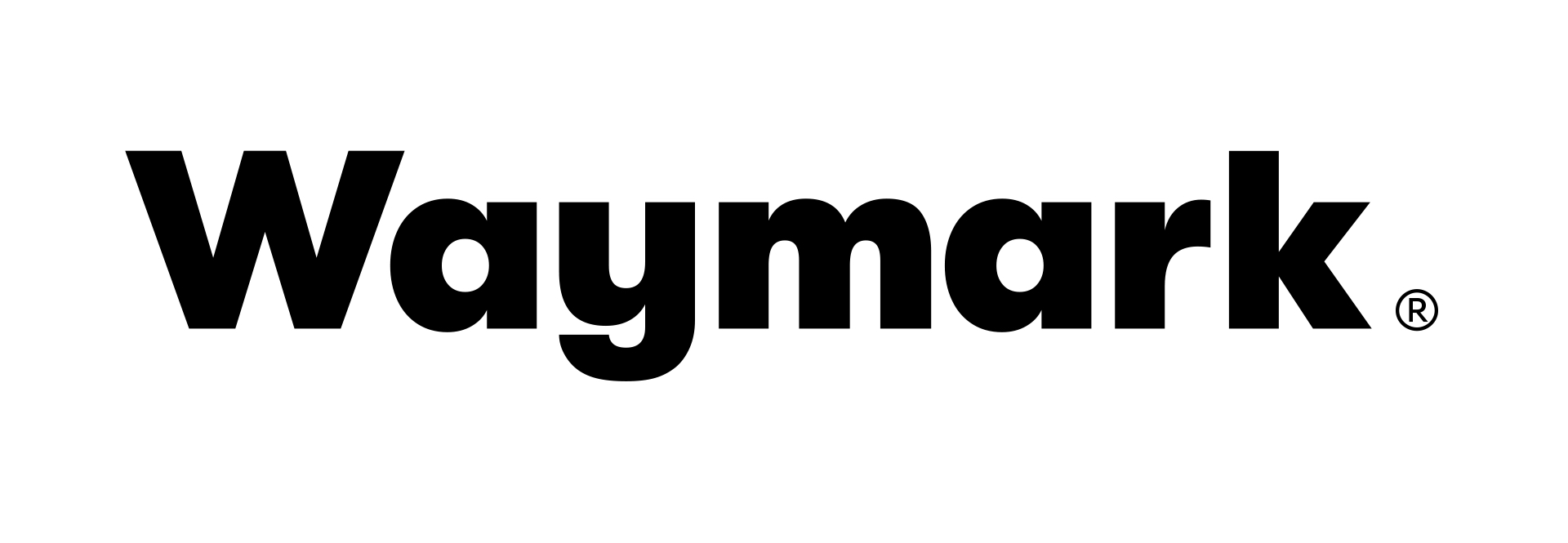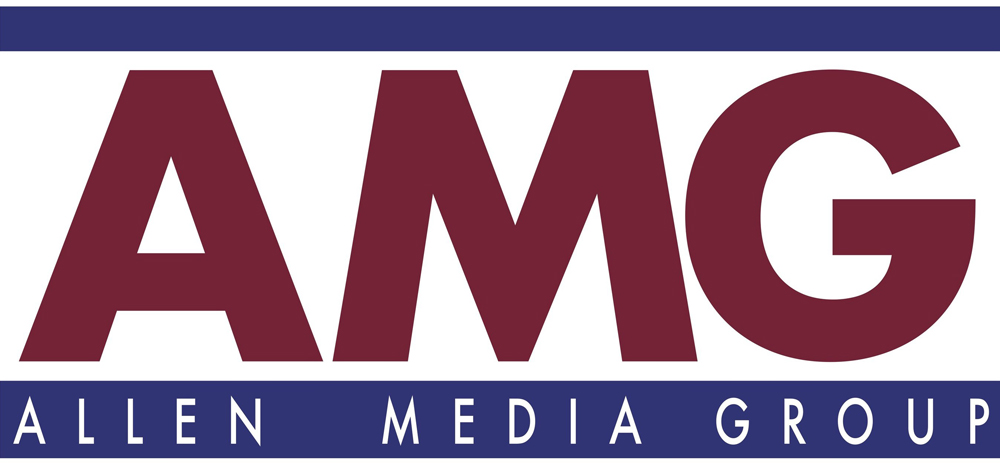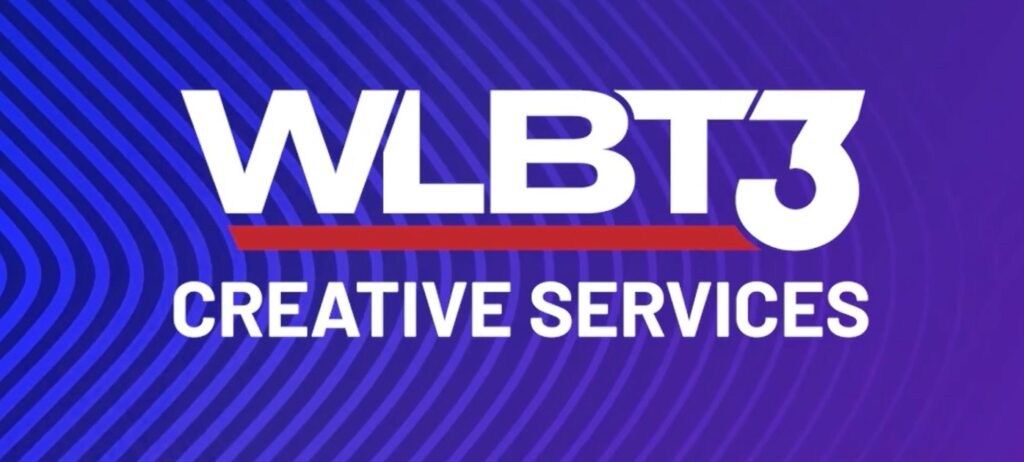
Rep. Anna Eshoo (D-Calif.) and Sen. Sheldon Whitehouse (D-R.I.) have reintroduced House and Senate versions of the Commercial Advertisement Loudness Mitigation (CALM) Modernization Act, which would extend limits on TV commercial ad loudness to ads on streaming services. Their 2010 CALM Act directed the FCC to ensure that ads on TV were not louder than the surrounding programming.
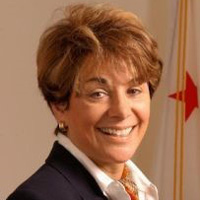
Rep. Anna Eshoo (D-Calif.), the moving force behind the CALM Act, which limits the loudness of TV commercials, has joined with Sen. Sheldon Whitehouse (D-R.I.) to introduce the Commercial Advertisement Loudness Mitigation (CALM) Modernization Act, which would update the 2010 law limiting the loudness of TV ads, extending it to include streaming services, as well as beef up the FCC’s ability to go after violations and mandate a study of the effectiveness of the law to date.

Rep. Anna Eshoo (D-Calif.) wants some answers from the FCC about enforcement of her CALM Act legislation that regulates the volume of TV commercials. In a letter to acting FCC Chairwoman Jessica Rosenworcel, Eshoo was looking for satisfaction she suggested she did not get from the former Republican FCC.
The Commercial Advertisement Loudness Mitigation Act, or the CALM Act, went into effect two years ago. After a one-year grace period, it required TV stations to play commercials at the same volume as regular programming. At least, that’s how the measure was described. In reality, however, language in the CALM Act requires that the commercials be no louder on average than the regular programming. That means what appears to be shouting can be averaged out by periods of quieter talking, leaving some consumers wondering why it still appears that commercial announcers are allowed to shout at times.
FCC Adopts Revised CALM Act Rules
The rules implementing the CALM Act have been changed. But don’t worry: the revised version won’t take effect for another year.
New CALM Act Loudness Standard Proposed
 Thanks to Congress, the new standard will be adopted eventually. Affected parties can implement the new standard now if they prefer, but FCC is looking for input on when compliance with the new standard should be required.
Thanks to Congress, the new standard will be adopted eventually. Affected parties can implement the new standard now if they prefer, but FCC is looking for input on when compliance with the new standard should be required.
The FCC has received 15,850 complaints about loud TV commercials since new regulations went into effect in December of last year. The rules require broadcast, cable and satellite television providers to keep the average volume of commercials at the same level as the programming containing them. The FCC’s complaints run through June 5.
 Two leading members of Congress have asked the FCC to report on whether broadcasters have been complying with last year’s law that put a lid on TV commercial volume.
Two leading members of Congress have asked the FCC to report on whether broadcasters have been complying with last year’s law that put a lid on TV commercial volume.
 The FCC will now begin enforcement of the Commercial Advertisement Loudness Mitigation Act, which was passed in the House and Senate more than a year ago. TV stations, cable and satellite operators will be responsible for monitoring the volume of network, syndicated and local advertising spots. Fines, if there are any, could reach $10,000 per infraction.
The FCC will now begin enforcement of the Commercial Advertisement Loudness Mitigation Act, which was passed in the House and Senate more than a year ago. TV stations, cable and satellite operators will be responsible for monitoring the volume of network, syndicated and local advertising spots. Fines, if there are any, could reach $10,000 per infraction.
CALM Act Waiver Door Re-Opened, Just A Bit
If you’re a “small” TV station or MVPD operator who missed the October deadline for filing for waiver of your obligations under the CALM Act, but you’re still not going to be in compliance with the act when it takes effect on Dec. 13, don’t panic. The FCC has announced that it will accept “streamlined financial hardship waiver requests” through Dec. 13, even though the original deadline was back in October.
CALM Act Waiver Requests Due By Oct. 12
Tomorrow (Friday) is the deadline for requesting a waiver under the FCC’s Commercial Advertisement Loudness Mitigation (CALM) Act implementing procedures, intended to combat “loud commercials.” All such waiver requests must be submitted through the FCC’s Electronic Comment Filing System.
The cable industry is trying to exclude “promotional material” from a new law that says TV commercials can be no louder than the programs they accompany.
Loudness Gear To Make Big Noise At NAB
 Now that the FCC has decided on tech specs for TV commercial audio loudness, broadcasters will be in a buying mood to get in compliance by the end of the year. A host of companies will be offering equipment and software to monitor and correct any potential problems and document compliance.
Now that the FCC has decided on tech specs for TV commercial audio loudness, broadcasters will be in a buying mood to get in compliance by the end of the year. A host of companies will be offering equipment and software to monitor and correct any potential problems and document compliance.
Here’s a run-down on what the new FCC rules governing “loud” television commercials require, and when those requirements will kick in.
FCC’s CALM Rules Puts Ball In Viewers’ Court

The new FCC rules aimed at quieting loud commercials and promos take a light approach to compliance and enforcement, industry experts say. For finding trouble, the FCC will rely of complaints from viewers and will take action only if it finds “a pattern or trend.” The rules don’t require broadcasters to continuously monitor syndicated and network programming for compliance. However, “large” broadcasters will have to perform annual spot checks of imported programming if it hasn’t been certified to be in compliance.
The new CALM Act regulations governing television loudness become mandatory on all commercial advertising transmitted by TV broadcasters and MVPDs as of Dec. 31, 2012. They require adherence to the ATSC A/85 recommended practices and establish a “safe harbor” for commercials passed through by stations.
Anxiety Over How To Become CALM
Engineers say complying with the FCC’s upcoming loudness control regulations is a complex process that needs to be incorporated into station workflows.
The Advanced Television Systems Committee (ATSC) has expanded television loudness management techniques to cover alternative audio systems as specified in the Commercial Advertisement Loudness Mitigation (CALM) Act. ATSC members voted […]
New CALM Act Standard Coming
Ten days after initial comments on the proposed standard are filed, turns out there’s a different standard in the works at ATSC.
Vendors Turn Up Volume On Loudness Gear
As the FCC gets closer to unveiling the technical specifications that TV stations will have to meet under the CALM Act to eliminate dramatic shifts in volume between programs and commercials, equipment vendors are readying the needed monitoring, control and verification gear. Here’s an overview of some of what’s available now.
The FCC has quietly released its Notice of Proposed Rulemaking on implementation of the CALM (Commercial Advertisement Loudness Mitigation) Act, which regulates the loudness of commercials on broadcast and cable TV. It puts the onus on stations and cable operators to mitigate that loudness on all commercials, not just those that are locally inserted, as some industry representatives had argued it should be limited to.
Despite Lack Of Regs, TV Turns Down Volume
While stations are preparing to order and install new equipment designed to eliminate dramatic shifts in volume between programs and commercials, they’re in a sort of limbo since the FCC hasn’t announced exactly what it will require stations, cable and satellite operators to do. But in advance of the commission’s Dec. 15 deadline to issue the regulations for the CALM (Commercial Advertisement Loudness Mitigation) Act, equipment manufacturers are busy and some station owners are moving forward to tackle the problems. In Part II next Thursday, TVNewsCheck checks in with some of the leading vendors of loudness monitoring and control solutions.
President Obama signed the CALM Act into law Wednesday. That is the measure that empowers the FCC to regularize the volume between programming and commercials. The Commercial Advertisement Loudness Mitigation Act was approved in the House on Dec. 3.
The House on Thursday gave final congressional approval to a bill that would prevent advertisers from abruptly raising the volume to catch the attention of viewers.

















